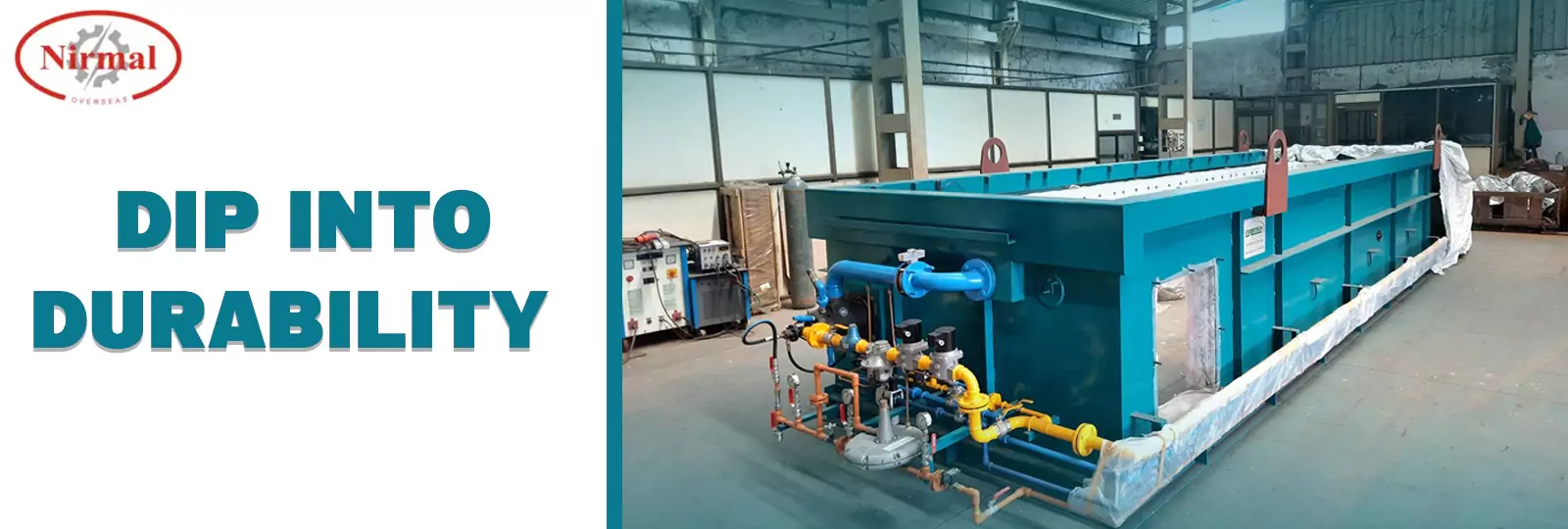
These days, in today’s highly competitive industrial environment, it is more important than ever to make your steel components last longer and have resilience to corrosion. Galvanized steel is useful in infrastructure to the manufacture of vehicles. Businesses from different sectors all depend on galvanized steel for its strength and long life. At the core of this process is one necessary piece of equipment – a hot dip galvanizing plant. This choice may mean a lot for your operation efficiency, quality of products, and, ultimately, your bottom line. In today’s blog, we shall guide you on factors to consider when choosing the most suitable galvanizing plant for your business.
Understanding Hot Dip Galvanizing Plants
A hot dip galvanizing plant is a plant that can cover steel or iron products with a protective layer of zinc by immersing them in a bath of molten zinc. This procedure generates a metallurgical bond between zinc and base metal, which gives enhanced corrosion resistance. Hot dip galvanizing is commonly applied in the likes of construction, telecom, agriculture, power transmission, and transportation industries because of its strength and durability.Key Factors to Consider When Choosing a Galvanizing Plant
Identifying the right galvanizing plant is much more than looking at the prices. Below are the areas to evaluate:Production Capacity and Scalability
First, define your production needs and potential for growth at the current stage. A plant which will serve your immediate need of output, however, which will not be capable of scaling, may limit the scaling of your business when the need arises. Look for a plant that can handle the present workload and can grow with your business, so that if it enlarges into more volume, more varieties of products, or speed-up of throughput, it can stand it.Quality and Compliance Standards
Product quality is non-negotiable. Make sure the plant complies with the international and regional galvanizing standards such as ASTM, EN, or IS. A plant complying with such benchmarks is bound to deliver consistent, high-quality products for the galvanized products, matching the market expectations. Also, look at the internal quality assurance systems and inspection methods to ensure the reliability of the plant.Technology and Automation
Present-day galvanizing plants are using cutting-edge mechanisation to promote accuracy, efficiency, and safety. Automated material handling systems, real-time monitoring, energy energy-efficient burners are some of the features that can increase the productivity of the system and minimise errors. Not only are the requirements of manpower reduced, but the coating thickness would also even out, as well as the surface finish.Customization and Flexibility
All steel parts are not the same. Dealing with different product sizes, shapes and finishes, you might need a plant that is capable of producing various-sized products, shapes, and finishes. Not all plants provide flexible tank design, modular layout, and adjustable equipment to suit various needs. It is also necessary for you to determine whether your production model requires batch or continuous galvanizing.Environmental and Safety Considerations
Compliance, as far as the environment is concerned, is essential in a contemporary industrial setting. Seek galvanizing plants with such a system of fume extraction, acid recovery, and wastewater treatment to reduce environmental impact. Workers’ safety is no less important – make sure the plant design provides sufficient ventilation, proper insulation, as well as specifies the safety areas with corresponding marks. Stopping legal hassles in the future will also be ensured by fulfilling the rules concerning environmental and occupational health.After-Sales Support and Maintenance
The best galvanizing plant will require frequent maintenance. Select a Supplier that has competitive after-sales services such as the provision of spare parts, maintenance contracts, and technical training. Dependable customer service, as well as technicians who are always on-call, can mitigate downtime and maintain your operations in a good flow.Questions to Ask Before Making a Purchase
Before finalizing your decision, ask the supplier the following questions:- What is the estimated installation and commissioning time?
- Are there any similar plants you’ve supplied to businesses like mine?
- What are the estimated operating and maintenance costs?
- What type of training and documentation is included?
- Is spare part and technical support also available?
These questions will assist you in assessing the amount of experience, reliability, as well as the probability of the supplier to be bothered about the client’s satisfaction.
